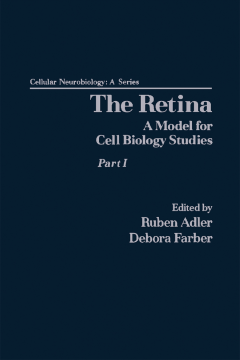
Additional Information
Book Details
Abstract
The Retina: A Model for Cell Biology Studies, Part I, is the first of a two-part series that details developments in the study of retinal cell biology.
The book begins with some basic information about retinal structure and development followed by a discussion of the advantages of the retina as a model system for cell biology studies. It reviews some of the major events in the maturation of the retina pertinent to the assembly of neuronal circuits. The book describes studies of neuronal assembly in order to demonstrate that adhesion-based neuronal assembly may be the most elaborated example of a wider class of morphogenetic phenomena categorized as ""adhesion-guided multicellular assembly"" systems.
The remaining chapters discuss in vivo and in vitro studies on trophic interactions in retinal development and in retinal degenerations; cell motility in the retina; molecular properties of vertebrate rod cells; the role of cyclic nucleotides in the metabolism and function of the retina; and the cellular and molecular aspects of photosensitive membrane turnover.
